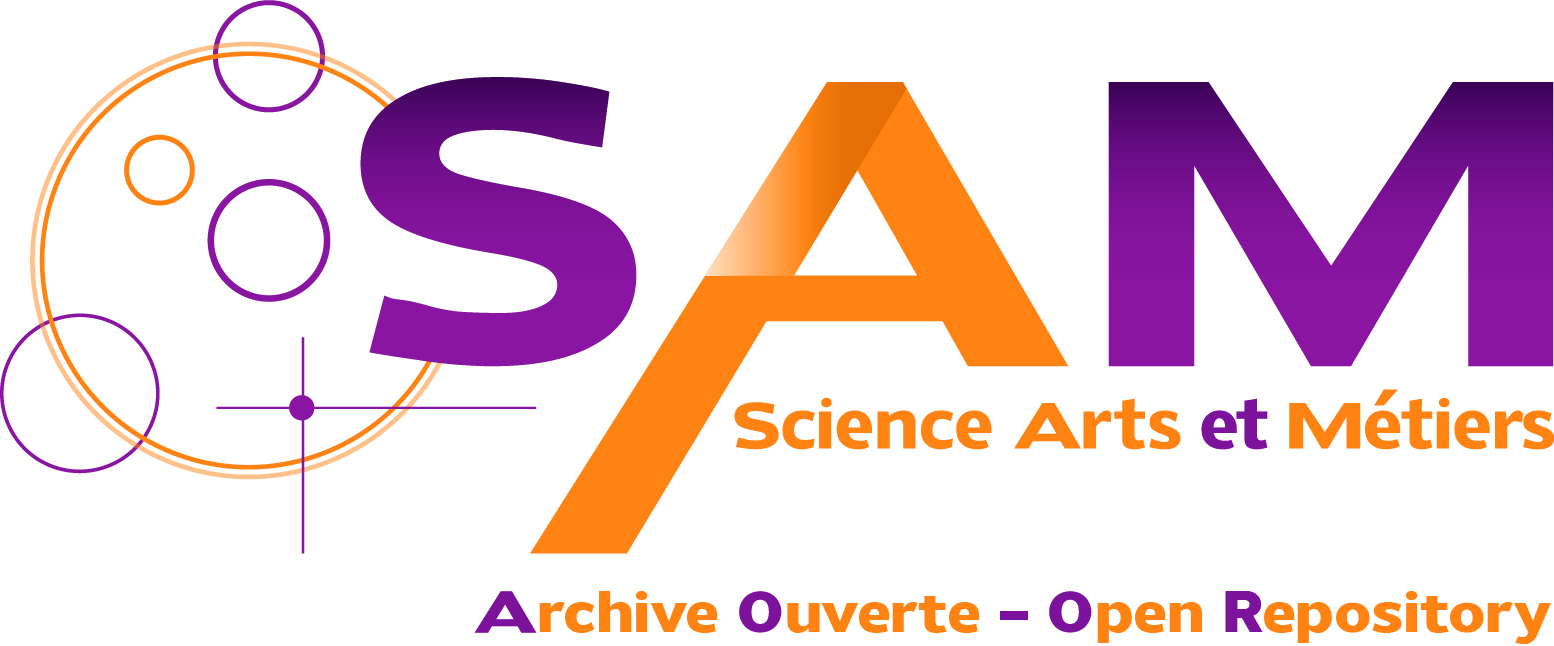Tool life and surface integrity in hard milling of hot work tool steels
Résumé
Machinability enhancement of hot work tool steels can be achieved intrinsically through tailoring of alloying elements and steel processing route but also externally through the use of adequate tooling. The aim of the present investigation was to identify the limitations in hard milling of AISI H13 (50HRC) with respect to different strategies for microstructure control. Accordingly, tool life tests in face and cavity milling were performed using modern PVD-coated carbide inserts where subsequent investigation of tool wear mechanisms and surface integrity were carried out. A modified tool life model derived from Taylor's approach was employed for the assessment of tool life. The results indicate that traditional improvement in machinability through additives and inclusion control appears not always adequate and the role of primary carbides distribution needs also to be considered. Surface integrity studies, namely residual stress, indicate the predominance of compressive residual stress in the machined surfaces.
| Origine | Fichiers produits par l'(les) auteur(s) |
|---|

